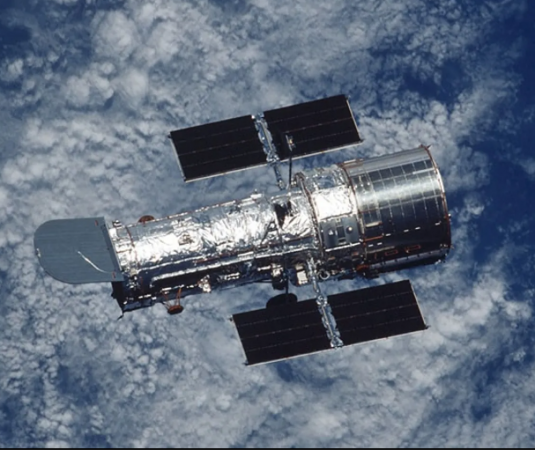
USA: On this day 33 years ago, NASA launched the Hubble Telescope into orbit. Since its launch in 1990, the observatory has conducted well over 1.5 million observations.
The telescope can provide views of space with greater detail than ground-based observatories from its vantage point, which is about 535 kilometres above the surface of the Earth. Let's look at a few of the significant findings made by the telescope.
The Hubble Space Telescope assisted in establishing the reality of the universe's expansion. The observations have revealed that the universe is expanding faster than before and that a mysterious energy source known as "dark energy" is responsible for this phenomenon.
Also Read: Despite fighting, the Sudan lions' reserve is running low on food
The universe is thought to be roughly three times older than Earth at 13.8 billion years old, according to astronomers' estimates based on the discovery of the Cepheid stars.
1994 saw one of Hubble's most well-known discoveries. When comet Shoemaker-Levy 9 struck Jupiter and ejected massive plumes of debris, the telescope witnessed a rare cometary impact.
Additionally, Hubble provided unmistakable proof that supermassive black holes existed at the centre of galaxies. The telescope earned the moniker "black hole hunter" because it was able to measure the speed of the matter orbiting black holes.
Also Read: Israeli PM intends to meet with DeSantis while in Israel
The atmosphere of an exoplanet was first directly detected by Hubble, who also determined its makeup. Osiris, also known as HD 209458-b, is an exoplanet 150 light-years away from Earth. The first atmospheric element found on a planet outside of the solar system, sodium, was found there by the telescope.
According to Professor David Charbonneau, the plan was to collect spectra of the planet both when it was in front of the star and when it was moving away.
We would contrast them in order to look for the emergence of brand-new features during the planet's transit. This required a very stable platform free from the effects of our atmosphere's absorption. "Only Hubble could pull it off!"
Also Read: Israel attacks Syrian targets close to the Golan Heights
The Eagle Nebula, which is home to star formation and is known as the "Pillars of Creation," was photographed by the Hubble Space Telescope in 1995.
The James Webb Space Telescope captured the same area once more in 2022. Nix and Hydra, two of Pluto's previously undiscovered moons, were photographed by Hubble in 2001. The observatory found Pluto's fifth moon in July 2012.
The asteroid P/2013 R3 mysteriously disintegrated in 2014, according to the observatory. The asteroid fragmented into as many as 10 smaller pieces, but the asteroid belt had never seen anything like this before.
Hubble also helped create a 3D map of the universe's dark matter and revealed that the dwarf planet Eris was larger than Pluto.